The winter of 1962-1963 went down in history as Britain’s coldest winter in 200 years.
An anticyclone over Scandinavia brought cold air from Russia to the British Isles as temperatures plummeted to almost -20 degrees Celsius and stayed well below zero throughout January and February.
Blizzards caused snowdrifts of up to six metres deep which crippled transport, created power cuts, shut schools, froze the sea and claimed 5,000 lives.
As the nation prepares for a “Covid Christmas” at the end of a challenging year, four Londoners reflect on a season which tested their true grit and resilience during the harshest winter of the 20th century.
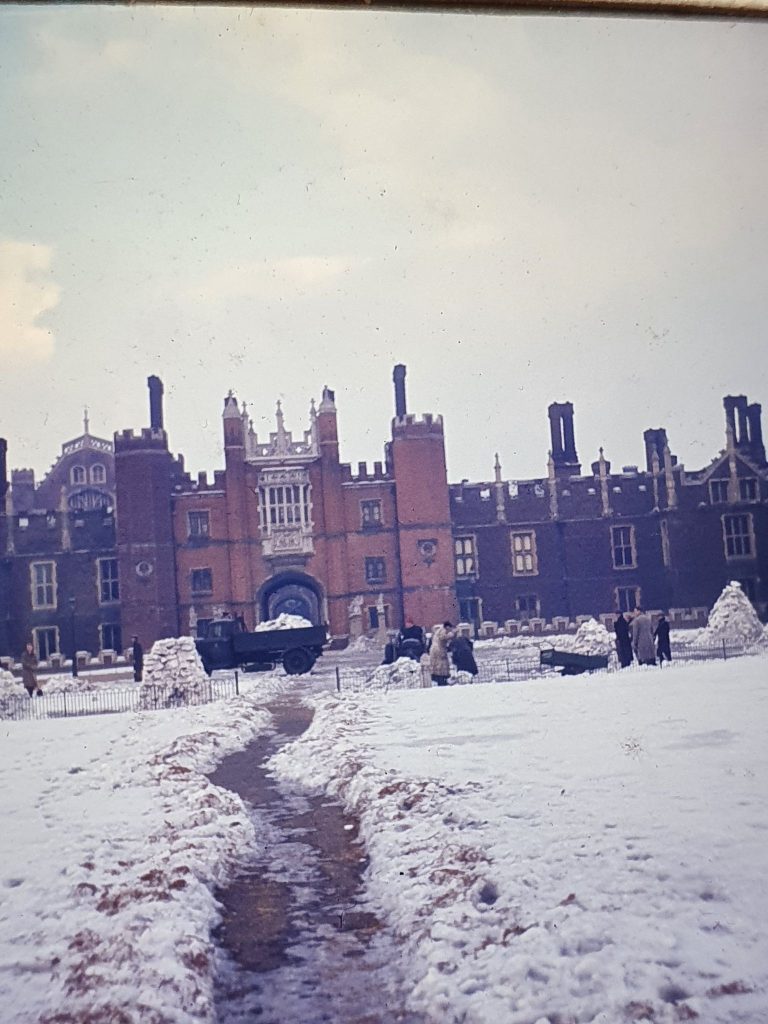
‘The Big Freeze’, as it became known, began with heavy snowfall on Boxing Day and Arctic conditions persisted throughout the next two months.
It was not until March 6 that the UK recorded its first day without frost. Then twelve-year-old Steve Newman from Teddington remembers when the snow started to fall.
Now 70, he recalled: “Everybody thought this would be gone in a week but it went on and on and on.”
In London, the River Thames froze over for the first time since 1814. As a keen ice skater, Newman took the opportunity to practise on Bushy Park’s frozen ponds.
He remembered: “The Leg of Mutton Pond froze about 5 inches solid.

“My Dad wouldn’t let me on the ice unless he was absolutely sure I wouldn’t go through it, but you could virtually ride bikes on it!”

Many revellers took to their new playground including then 29-year-old Kingston aircraft engineer, John Burch, now 86, who walked across the Thames at Hampton Court Palace Bridge with wife Brenda. He remembered: “It really was exceptional.
“It was so thick we could see a poor duck actually frozen solid in the ice!”

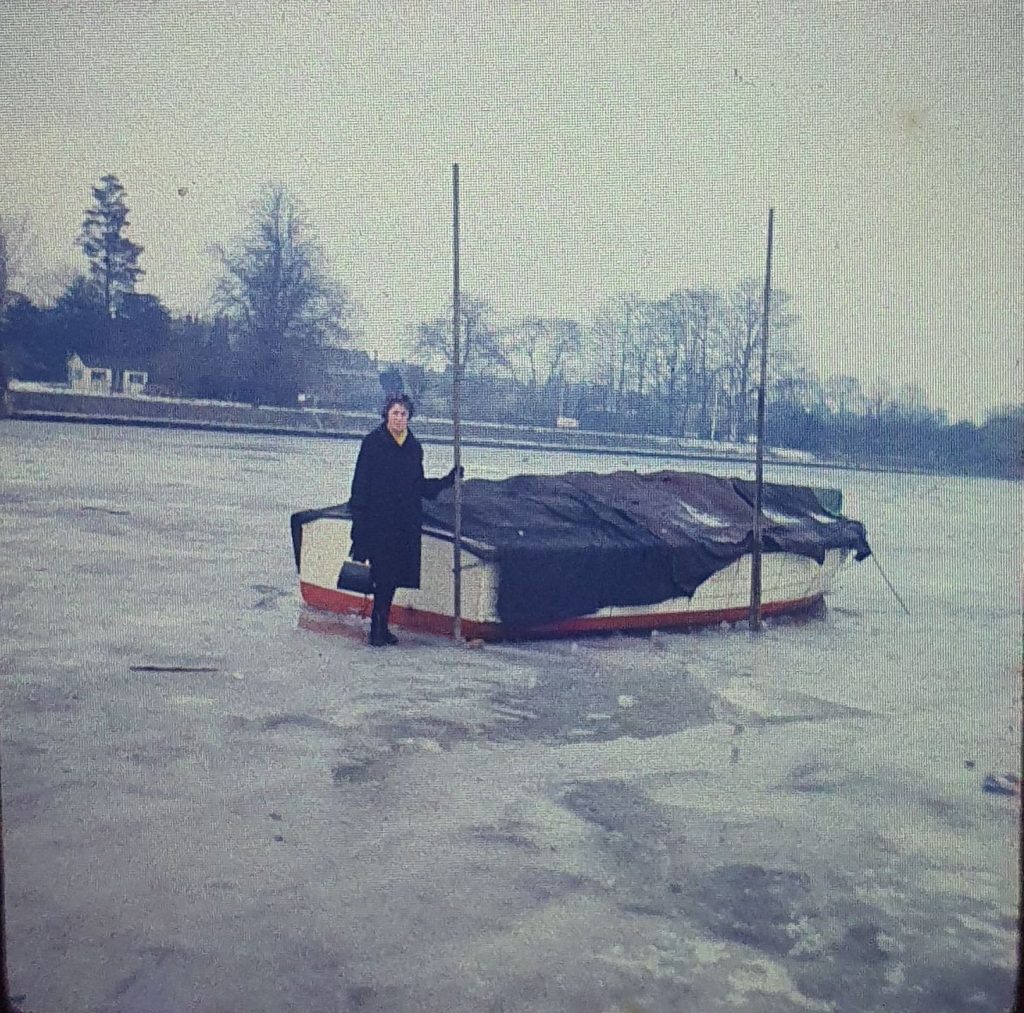
Meanwhile on the roads, snowdrifts made many routes impassable, cutting off some villages for days. Mr and Mrs Burch experienced travel disruption first-hand when driving 100 miles to a family wedding in Somerset.
Their van was only able to cross Wiltshire’s Salisbury Plain as a snow plough cleared a path for them. Mr Burch recalled: “We’d have never got across if we hadn’t followed that snow plough.”

Across the nation, persisting transport disruption was felt far and wide. Ian Sewell, 68, was a 10-year-old Teddington schoolboy at the time.
He remembered: “My brother Neil and I helped push a milk float which was stuck in the road.
“Lots of kids and adults joined and managed to get him moving but that was the last time we saw him for ages.”
Delivery routes soon became too treacherous for the country’s milkmen, forcing millions of Brits to become accustomed to black tea. But for Sewell and his brother, 12, the responsibility fell to them to fetch bottles every few days from the nearby dairy for their mother and new-born brother, Tim.
Like the majority of British households, the Sewell family were without central heating, and relied on coal fires and paraffin stoves to keep warm. Many even resorted to gathering coal from frozen depots.
Valerie Reng, 73, remembered how Brits persevered in spite of the challenges. For the Hounslow schoolgirl, then 15, ‘The Big Freeze’ became memorable for more than one reason as February 1963 marked the start of her relationship with future husband, Dave Reng.
“Our first months were spent slipping and sliding on the snow and ice,” she recalled.
During the couple’s first date, then 17-year-old engineer apprentice, Dave, took Valerie to the cinema. She remembered: “Luckily it was warm inside but by the time we left, the temperature had dropped and snow was freezing over.
“I remember clinging on to each other all the way home.”
As the temperatures continued to plummet, there was no cooling off for the romance and on 2 September 1967, the couple married in St Stephen’s Church, Hounslow.
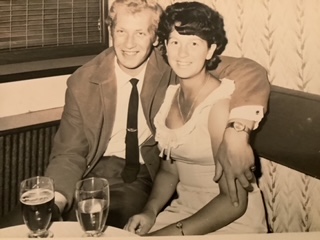
The Rengs went on to have three children and three grandchildren and now live near Bournemouth, having just celebrated their 53rd wedding anniversary. “My parents said it wouldn’t last,” Valerie laughed.
By March 1963, a thaw set in and life quickly returned to normal.
From Aberdeen to Aberystwyth, the weather had impacted upon every person in the country and the nation had survived the coldest spell since the ‘Little Ice Age’ of 1740.
In almost sixty years, no British winter has ever come close in length or severity. The parallels with 2020 are evident for Steven Newman, now a British Telecom retiree, who believes his grandchildren will remember this year like he remembers 1963.
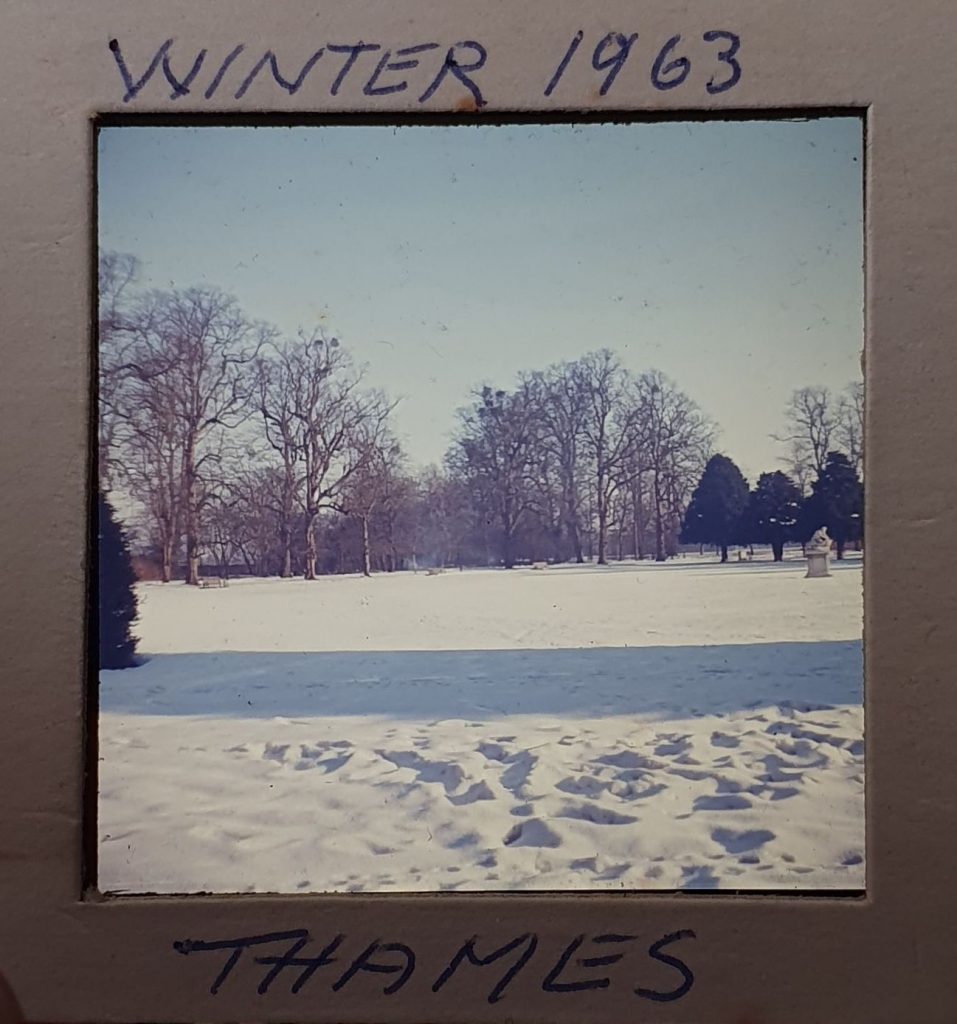
He said: “When you’re growing up you think this is just the way it is, but you don’t realise it’s history until you look back.”

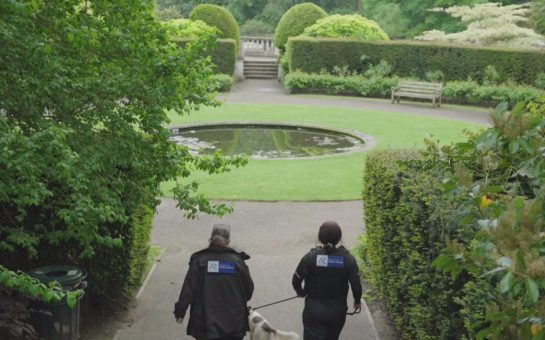
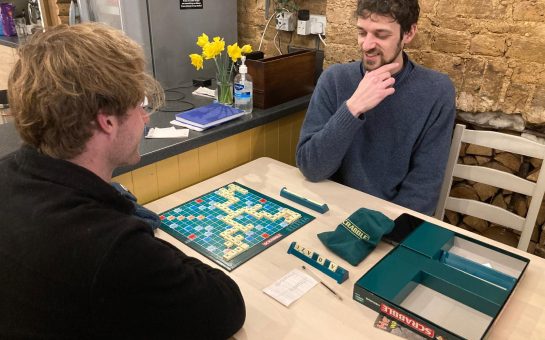
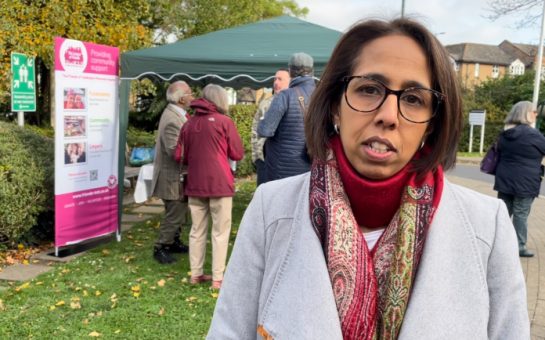

Join the discussion
must be the global warming